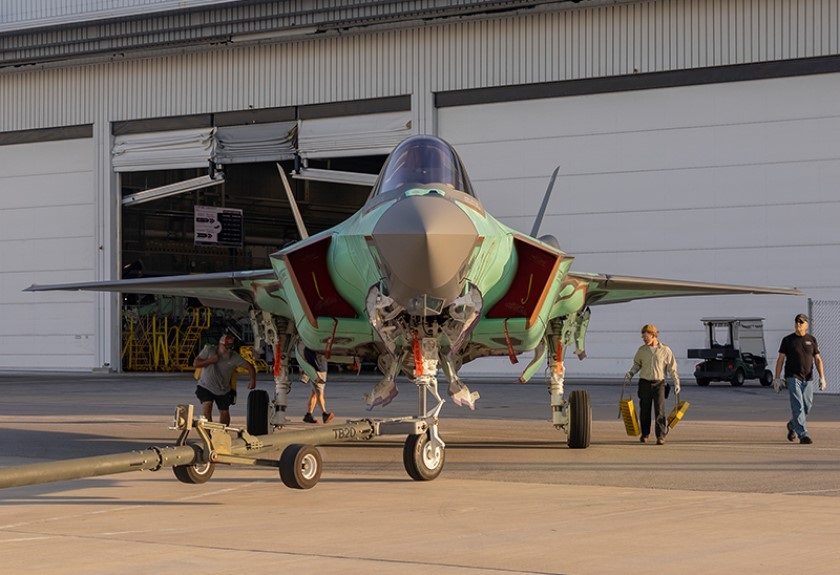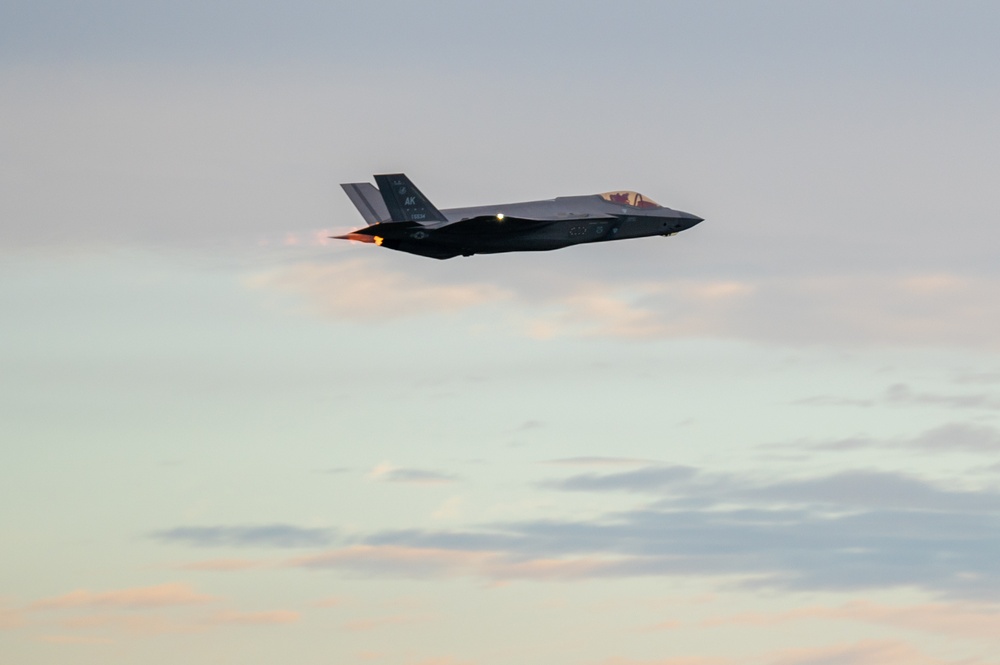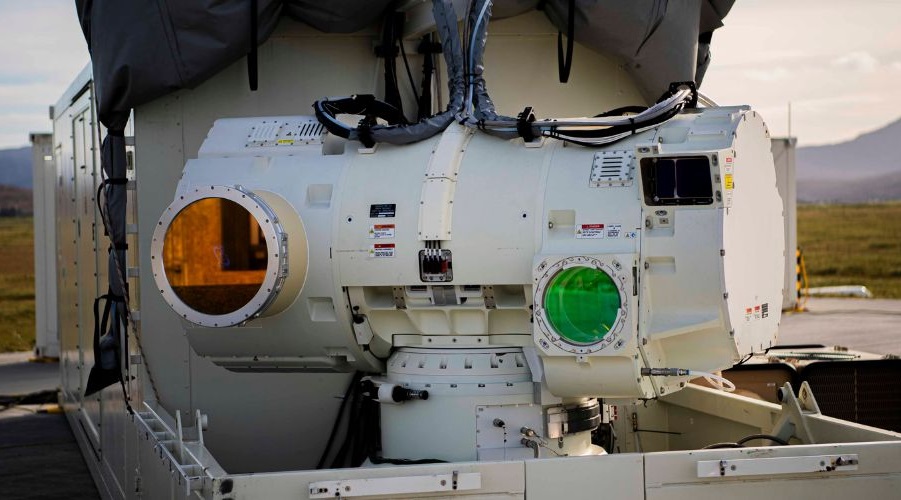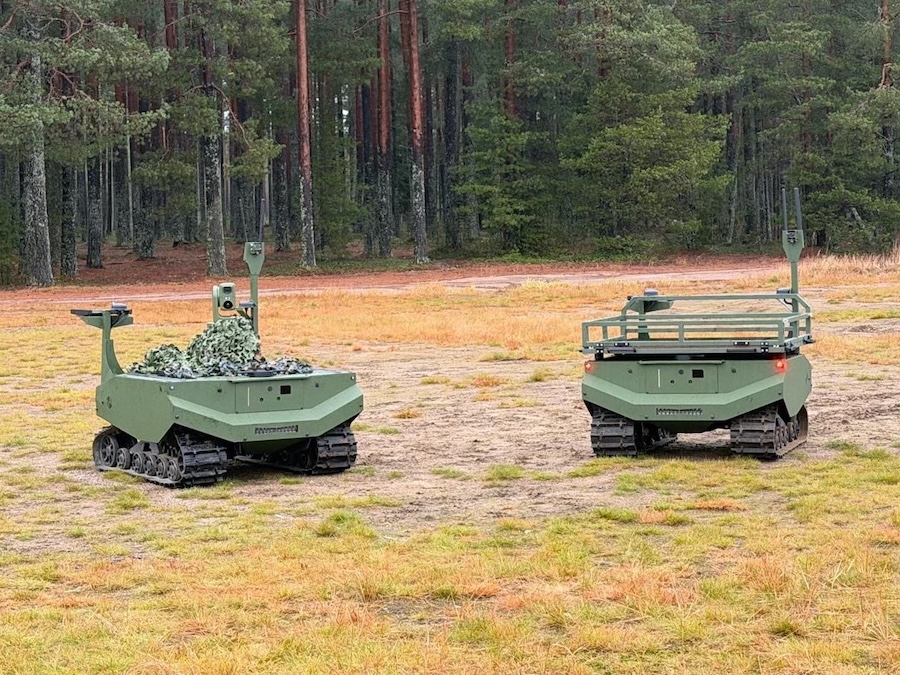“The knowledge and technology development gained from our investments in the NGAD competition strengthened our conviction to enhance the F-35 to a fifth-generation-plus capability,” said Lockheed CEO Jim Taiclet. “And I challenged the team to deliver 80% of sixth-gen capability at 50% of the cost.”
The company received a classified briefing explaining the reasons for the Air Force’s decision and will not pursue a protest. Instead, Lockheed Martin will take the “feedback internally” and apply the developed technology to both the F-35 and F-22 programmes.
Taiclet described the future upgrade as turning the F-35 chassis into a “Ferrari,” incorporating enhanced stealth, long-range tracking systems, and new weaponry to “supercharge” the aircraft. “My challenge to my aeronautics team is, let’s get 80% of sixth-gen capability at half the price,” he said.
“And these are engineers, they wouldn’t have agreed to this if they didn’t think there was a path to get there,” Taiclet added. Despite development setbacks, the company remains focused on delivering upgraded capability through the F-35 platform.
The F-35 programme has experienced delays and cost overruns in implementing Technology Refresh-3 (TR-3), a necessary hardware and software upgrade for future Block 4 improvements. Lockheed Martin stated it has completed 98% of TR-3 capabilities but has not confirmed when the system will be ready for combat.
Lockheed Martin is currently excluded from sixth-generation fighter programmes, following its removal from both the Air Force’s F-47 and the Navy’s F/A-XX efforts. The company also faces uncertainty in future F-35 procurement, as the Pentagon reallocates funds and international sales face potential political challenges.
Nonetheless, the company intends to sustain its annual production of 156 aircraft. “Our aeronautics team feels that if there’s some moderation, which we do not expect by the way, in U.S. F-35 production, that we can make up for that in the international opportunities we have and maintain our 150-plus per year production rate,” said Taiclet.
“So we’re comfortable that, that can be maintained,” he concluded.
Source: Defense One.





















![SİPER 1 air defence system completes battery-level acceptance firing at Sinop Test Center [VIDEO]](https://defence-industry.eu/wp-content/uploads/2026/01/siper-1-air-defence-system-completes-battery-level-acceptance-firing-at-sinop-test-center-video.jpg)
